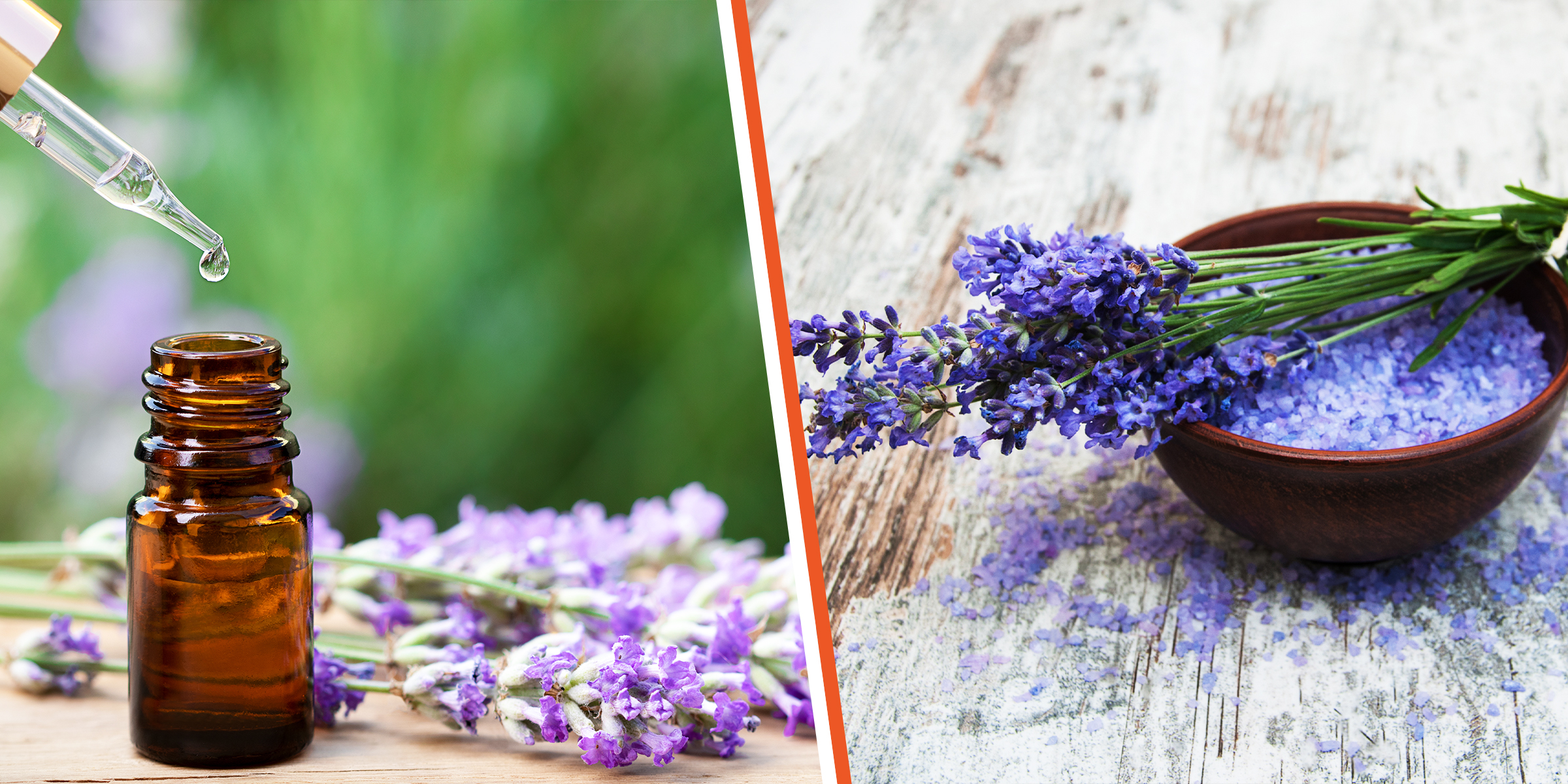
7 Fun Facts about Lavender, One of the Herbs Used in the Egyptian Mummification Process

Lavender is not only a vibrant and beautiful plant, but the purple herb also offers many health benefits and used to be a sacred natural resource for the Ancient Egyptians and Queen Victoria.
Believed to originate from the Mediterranean, the Middle East, and India around 2,500 years ago, lavender is commonly known for its eye-catching shade of purple and aromatic natural scent.
However, there is more to this herb than its physical properties. Continue reading to uncover seven fun facts about lavender and learn more about its healing properties, 450 varieties, and how the Ancient Egyptians used to wrap the deceased in shrouds infused with this multifaceted herb.

A lavender field in Provence, Southern France | Source: Getty Images
7 Fun Facts about Lavender
1. Lavender symbolizes many things, including purity, devotion, and grace.
Like all flowers, lavender is a symbolic plant and represents purity, silence, devotion, caution, serenity, grace, and calmness. The purple hue in the spike-like shape of lavender is also believed to be associated with crown chakra, the energy center associated with higher purpose and spiritual connectivity.
2. There are over 45 species of lavender and more than 450 different varieties.
According to the U.S. Lavender Growers Association, there are over 45 species of lavender and more than 450 varieties. However, the world of lavender could be much bigger than we know it to be, as more species and types of lavender have yet to be classified.

A woman smelling lavender | Source: Getty Images
3. Lavender comes in various heights, scents, and colors.
As a result of the wide range of types of lavender that grow on Earth, this plant species is very diverse in appearance. While Ballerina, Spanish lavender is short with white petals that fade to pink, Egyptian lavender has furry bipinnate leaves and a less sweet scent.
4. Ancient Egyptians used lavender for the mummification process.
Historically, before a body was buried, the Ancient Egyptians would remove the body's internal intestines and use common scents like thyme, lavender, peppermint, cedar, rose, almond oil, and aloe during the mummification process to combat body odor and to soften the skin.

White lavender | Source: Getty Images
5. Lavender has many health benefits, including reducing blood pressure and heart rate.
Today, lavender is beloved for more than its appealing appearance, as the herb has multiple medicinal and therapeutic benefits. In addition to improving sleep, when turned into an essential oil, lavender reduces blood pressure and heart rate, and treats skin blemishes.
Thanks to the purple herb's anti-inflammatory components, lavender can also be used as a natural pain reliever, as well as improve bronchial asthma. A 2016 study also revealed lavender aromatherapy for 20 minutes twice a day can reduce menopause hot flashes.

A bumble bee pollinating a purple flower on a lavender plant. | Source: Getty Images
Studies suggest lavender in essential oil form is helpful in stopping the growth of certain types of fungus, as well as treating athlete’s foot and ringworm, caused by fungus. You can also turn to lavender to promote hair growth.
6. The old French term of the word lavender used to refer to a worker.
Lavendier is the old French term for lavender, and historically, it was a term used to refer to a worker in the wool industry — either someone who washed the raw wool or someone who rinsed the material.

Lavender | Source: Getty Images
7. Queen Victoria was a lover of lavender.
The Ancient Egyptians were not the only historical figures who valued lavender, as Queen Victoria ensured all her furniture was polished with a lavender-based polish.
The former queen also utilized the healthy benefits that came with consuming lavender and drank tea infused with lavender to improve digestion.
For more interesting information on the nature, here are Fun Facts about Gardening.